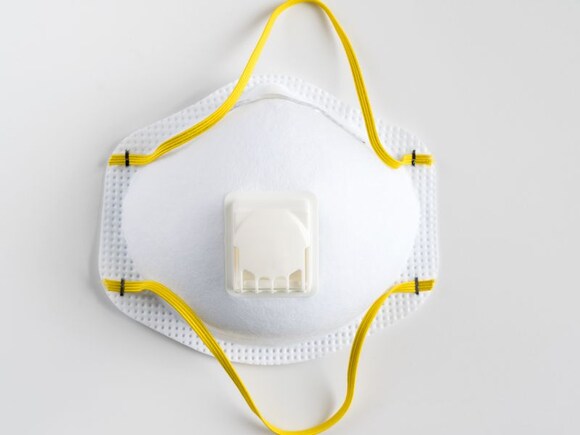APAP Masks – Know the Suggestions for Buying
While going through treatment for rest apnea utilizing an APAP machine, one of the most significant segments of the treatment is the interface through which the pressurized air is conveyed. Without a veil or other type of conveyance, there would be no real way to get the pressurized air to successfully keep the aviation route open. Picking the correct veil or different contraption for you is equivalent to an effective treatment of the turmoil. There are various styles of interfaces used to convey the pressurized air to the patient and which one suit you best is for you to decide. Since APAP machines are comparable in reason to a CPAP or BiPAP machine, masks that are sold as CPAP and BiPAP masks are generally viable with an APAP machine. The main contrast between an APAP machine and a CPAP machine is the technique for presenting the pressurized air.

In a CPAP machine, the air is applied at a steady weight where an APAP machine experiences titrations to recognize the ideal weight for the patient, continually making changes dependent on the information that is being gathered through different sensors checking the patient. One of the most well-known styles of conveyance of the pressurized air is the face masks. These masks can cover just the nose or both the mouth and nose. The face cover is generally three-sided fit as a fiddle with lashes joined at different focuses to consider the best fixing against the face. Individuals who will in general open their mouths or inhale through their mouths when dozing may wish to get a face veil that covers both the mouth and the nose to guarantee that weight is kept up. This can likewise be accomplished by utilizing a veil that covers just the nose while giving a lash that goes under the jaw and shields the mouth from opening when the muscles of the face unwind during rest.
Another technique for conveying the pressurized air is through an interface known as nasal pads. Nasal cushions are a great option in contrast to a face cover if the patient finds the veil claustrophobic or if the patient experiences difficulty making a decent seal because of a facial hair or mustache. The nasal pads which comprise of two bits of plastic joined to the finishes of the hose driving from the machine are embedded into the nostrils to make the seal. These are incredibly powerful N95 respirator masks in lessening the sentiments of claustrophobia some patient’s understanding, however are fairly inadequate when utilized at higher weights when the nearly fragile seal is simpler to break because of the absence of headgear present in face masks.